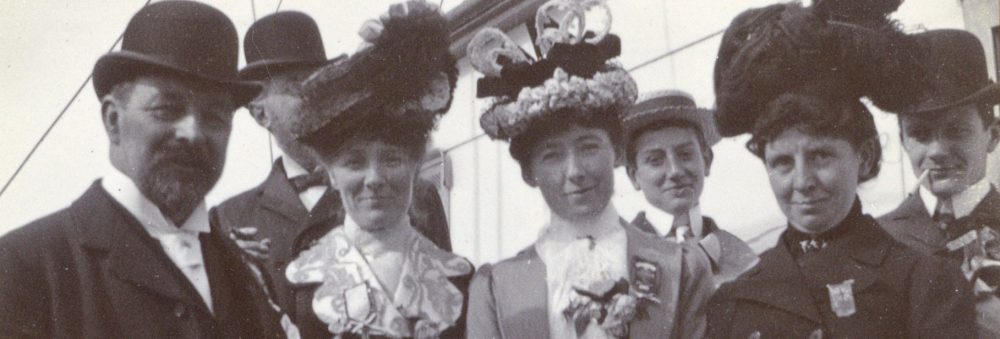Christmas is coming and the shops are bustling with people preparing for the festive season. In Knowsley’s Archive, as we take a moment to pause and reflect on the last twelve months and to look ahead to the New Year and those impossible to keep resolutions, we’ve been having a look at some of the more seasonal items in the collections and asking, what can the Archive tell us about the season of goodwill and its celebration in our communities?
One of the collections, the Cross Heuller Archive [KA189/B], reveals how a company might reward its staff for their loyalty and hard work throughout the year whilst involving their families during the Christmas and New Year period.
The Cross Company was founded in 1898 in Detroit, Michigan. Cross International arrived at Kirkby Industrial Estate to begin its machine tool manufacturing operation in April 1969, spending a brief spell in the Ward and Goldstone factory before settling into a new plant on Randles Road, Knowsley on 29th December 1969. The official opening of the factory took place on 20th March 1970, with Prime Minister and local Member of Parliament Harold Wilson as guest of honour. Much effort went into getting the plant up and running and perhaps for this reason, the Company’s Christmas party for the employees’ children was held in early January 1971. Photographs of the event, captured in a scrapbook featuring key landmarks in the company’s commercial and social development, show that the festive spirit was still very much in evidence: the children are pictured tucking into sandwiches, jelly and ice cream whilst wearing party hats and pulling Christmas crackers.
Friday, 17th December 1971 was the occasion of Cross International’s first employees’ dinner dance, set at Allerton Hall, Clarke Gardens with entertainment provided by the Barry Noble Discotheque. The menu included iced melon as a starter (a running theme in later celebration menus) and a traditional turkey roast with all the trimmings, followed by plum pudding and plum sauce. Again, the Children’s Christmas Party was held in the early New Year. This was a very lively affair, with Father Christmas making a popular appearance to distribute gifts amongst the children. Entertainment included musicians, a clown and a film show. A letter of thanks, written by 3 of the children to the ‘Dear ladies and gentleman’, voiced their appreciation of the film show and the entertainers in particular.
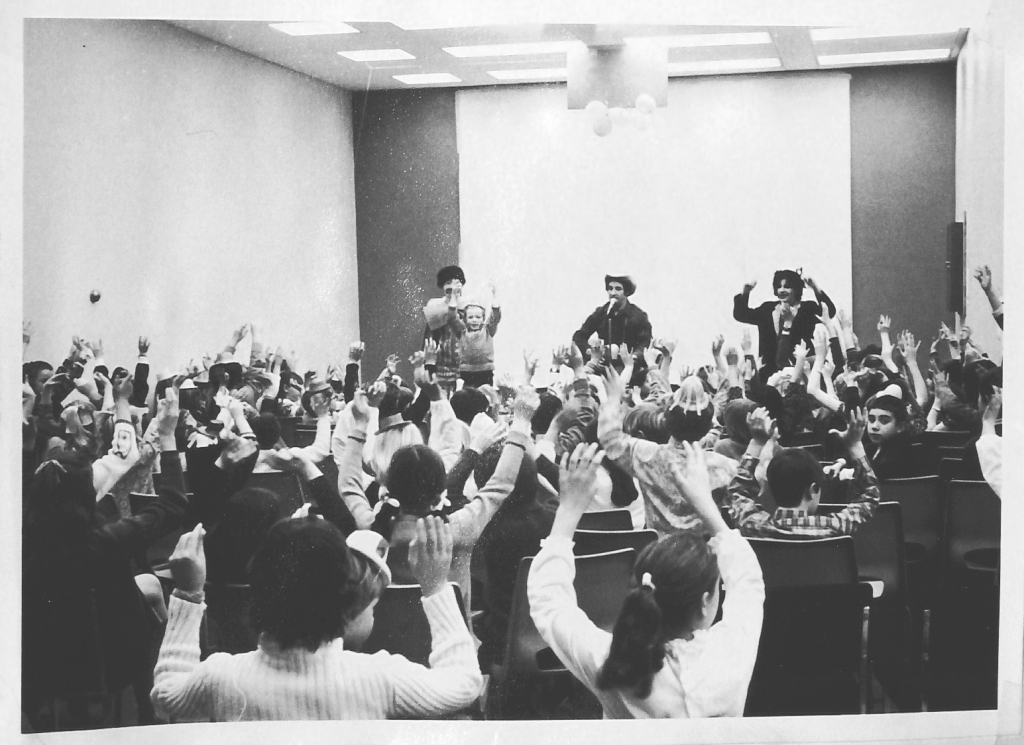
The Cross International factory was cutting edge, with all the latest technologies incorporated into the machines and building design. Even the staff canteen was modern and streamlined, with an automated system for heating frozen ready meals in microwave ovens and vending machines to dispense drinks. Technology was likewise applied to Christmas: the scrap book contains a wonderful example of word processor art, with a seasonal greeting to overseas colleagues at Fraser and Crew created using the word ‘Cross’ repeatedly. The message seems quite primitive by today’s standards, but in 1971, this was the stuff of tomorrow’s world.
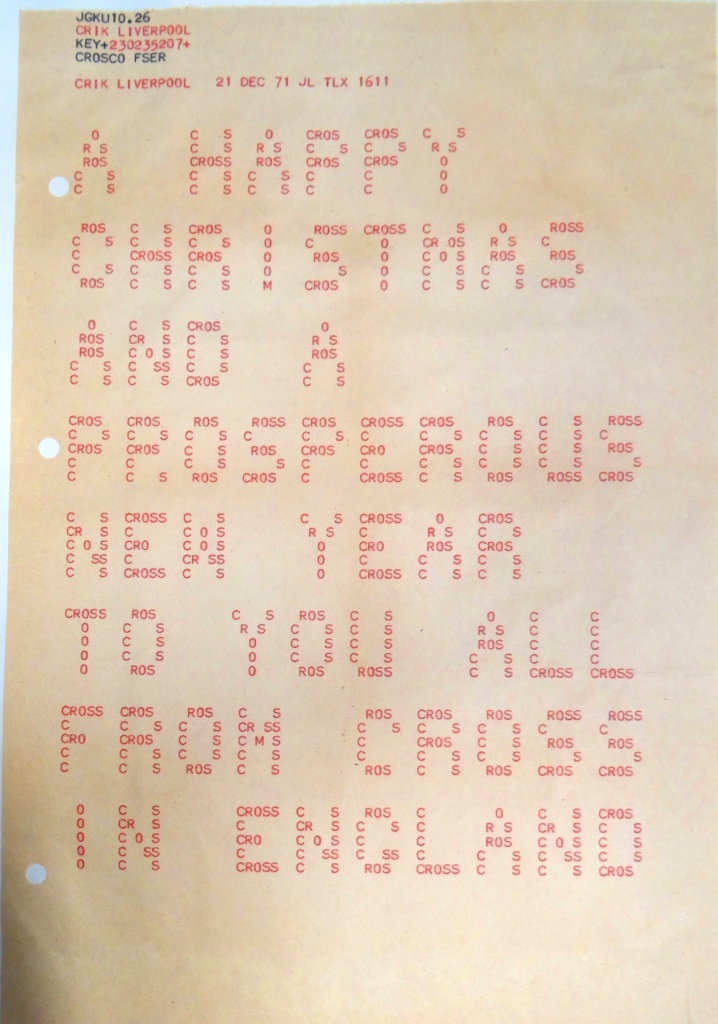
The first Christmas Dinner Dance in 1971 was organised by the Committee of the Sports and Social Club, a growing sense of community, identity and social awareness developing within the company. This gathering was held at Allerton Hall, Clarke Gardens, where guests danced to the Barry Noble Discotheque and enjoyed a traditional turkey roast (with iced melon for starters).
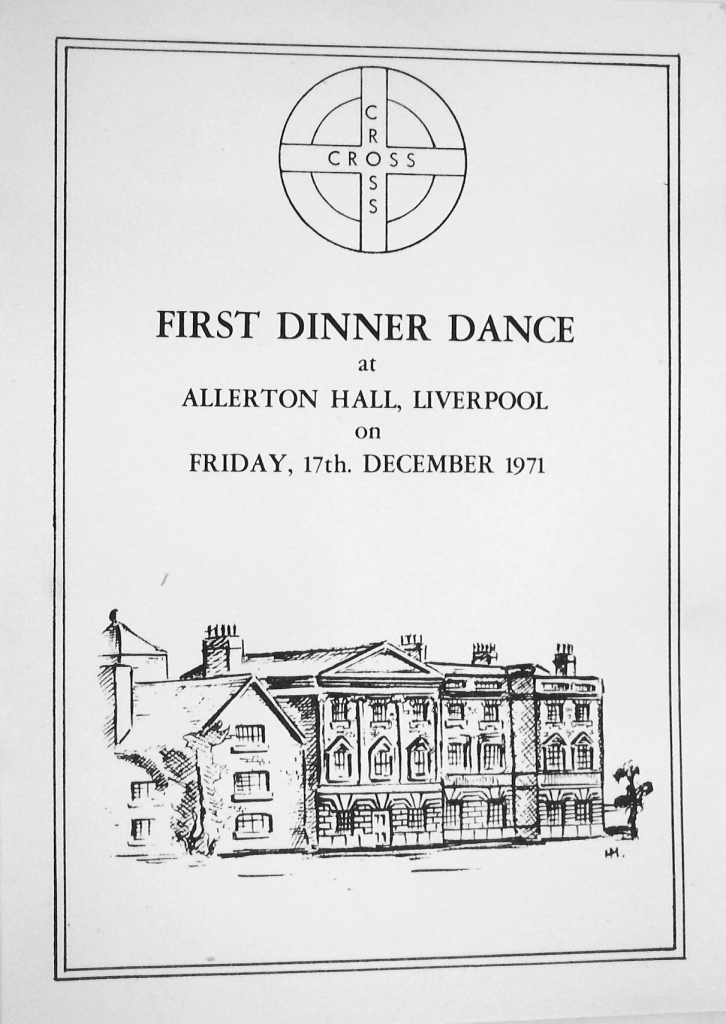
Such attention to the workforce, with an apprentice scheme and favourable conditions of employment – plus an investment in the factory of around £2 million – certainly seemed to be paying off for Cross International. In November 1975, the Managing Director, Ralph E. Cross Jr., reported a turnover of over £3 million and an enviable expansion programme, all at a time of recession for the machine tool industry.
Sending season’s greetings to friends, family and colleagues is another way of showing goodwill at Christmas. Christmas cards first appeared in the UK in 1834 and were devised by Sir Henry Cole [1808-1882] who, in his early career as a civil servant, was involved in the development of the Penny Post. Coincidentally, he commissioned his artist friend, J.C. Horsley, to design the first commercial Christmas card. This featured a traditional family enjoying seasonal fare flanked by portrayals of charitable works and retailed for 1 shilling.
Designs have varied over the years, but the sentiment remains constant. One example from the Archive collections was sent by a Huyton father to his young daughter in 1918. He had served in the Royal Flying Corps throughout the Great War: a previous card sent whilst he was on active service had been far more austere in its design, showing fighter planes in drab monochrome. That design was appropriately far more restrained than the whimsical depiction of three robins nestling in a bouquet of festive holly leaves that adorned the first card sent from father to daughter in the post war era.
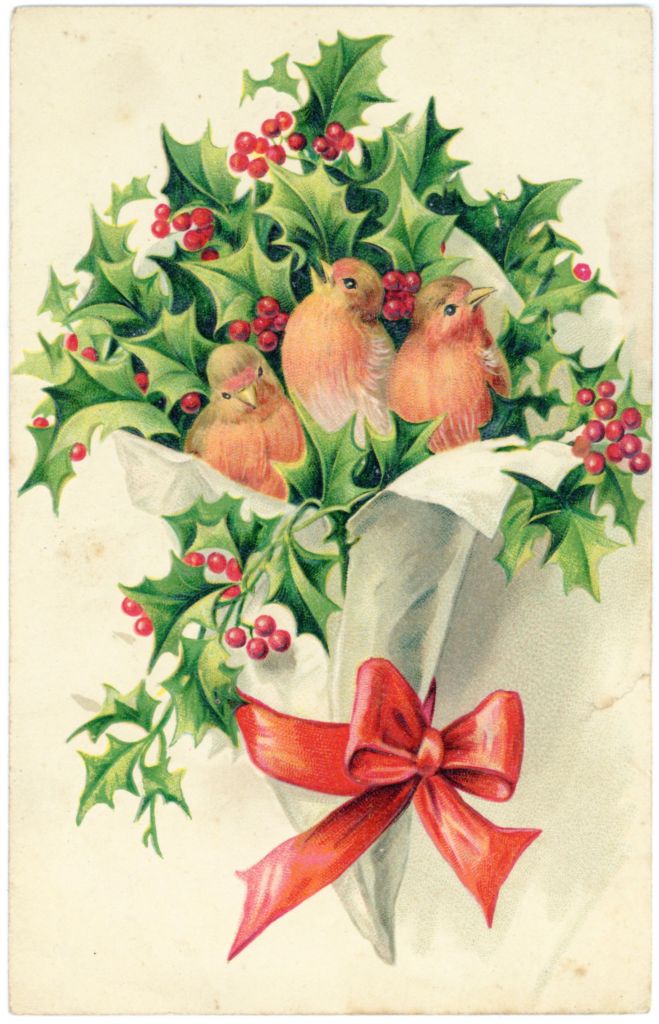
Another of our collections, the Margaret Whitaker née Hodge collection, documents the experiences of the young Miss Hodge, a tutor at Kirkby’s Malayan Teachers’ Training College in the mid-1950s. She built a strong bond with her students, who kept in touch with her for many years after they had all left Kirkby. Amongst her correspondence we find some beautiful international examples of Christmas cards from across the decades. The first, a Chinese design depicting a beautiful pagoda resplendent with bright colours and glitter, dates from around 1954:
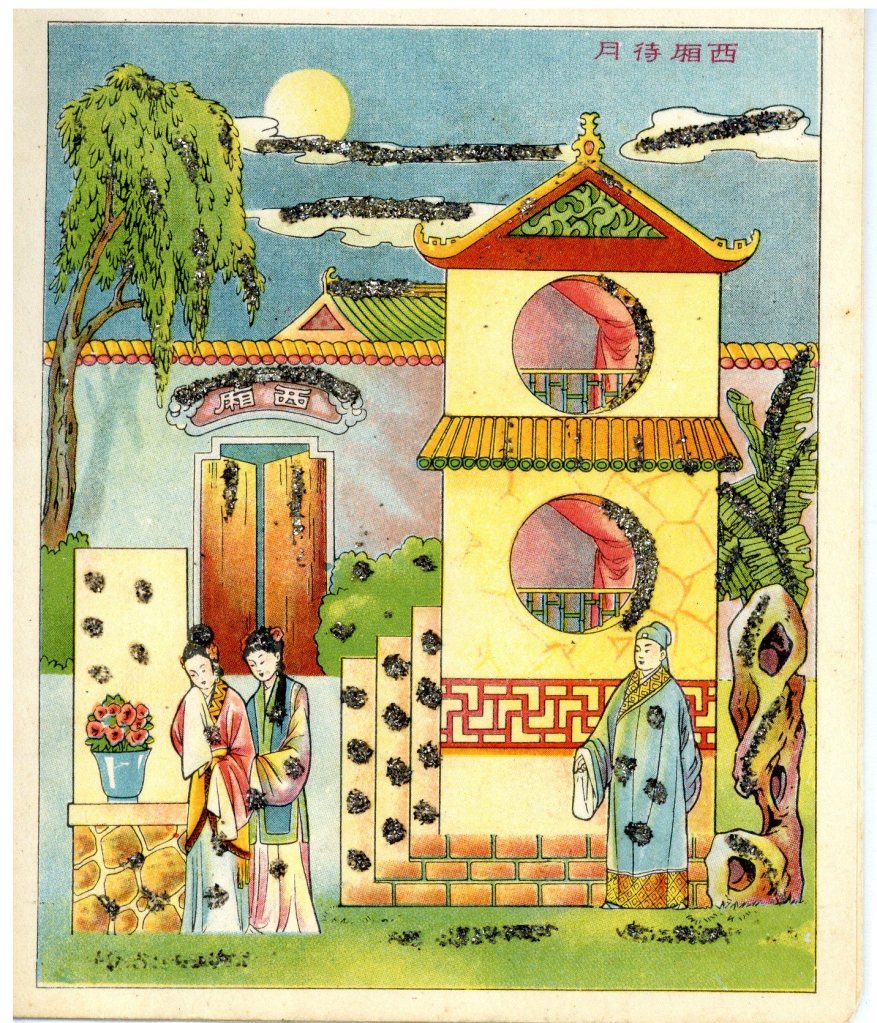
Our next example from the 1960s features poinsettias and holly tied up in red ribbon:
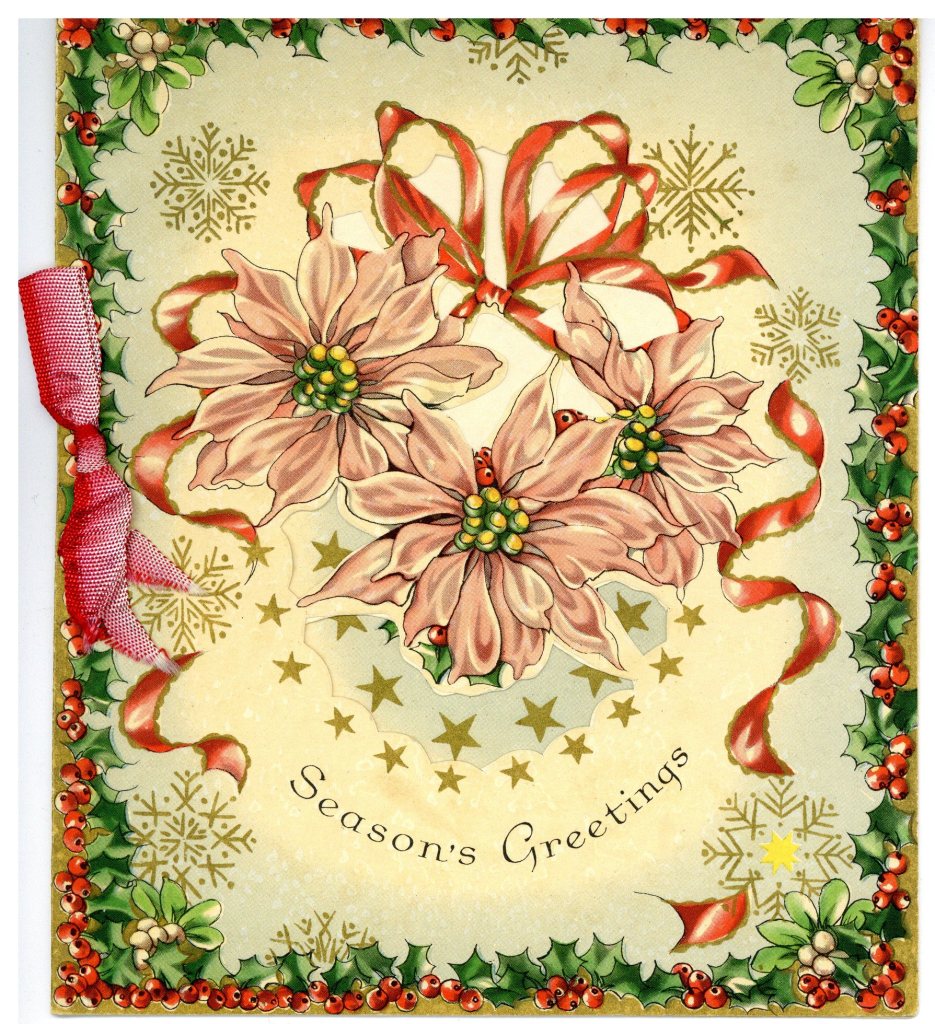
Our final card dates from 1996. Created by Miss Hodge’s former student, Hanna-Cheriyan Varghese for the Council of Churches of Malaysia and in contrast to the other cards featured, it illustrates a contemporary Nativity scene – a timely reminder of the reason Christmas is celebrated.
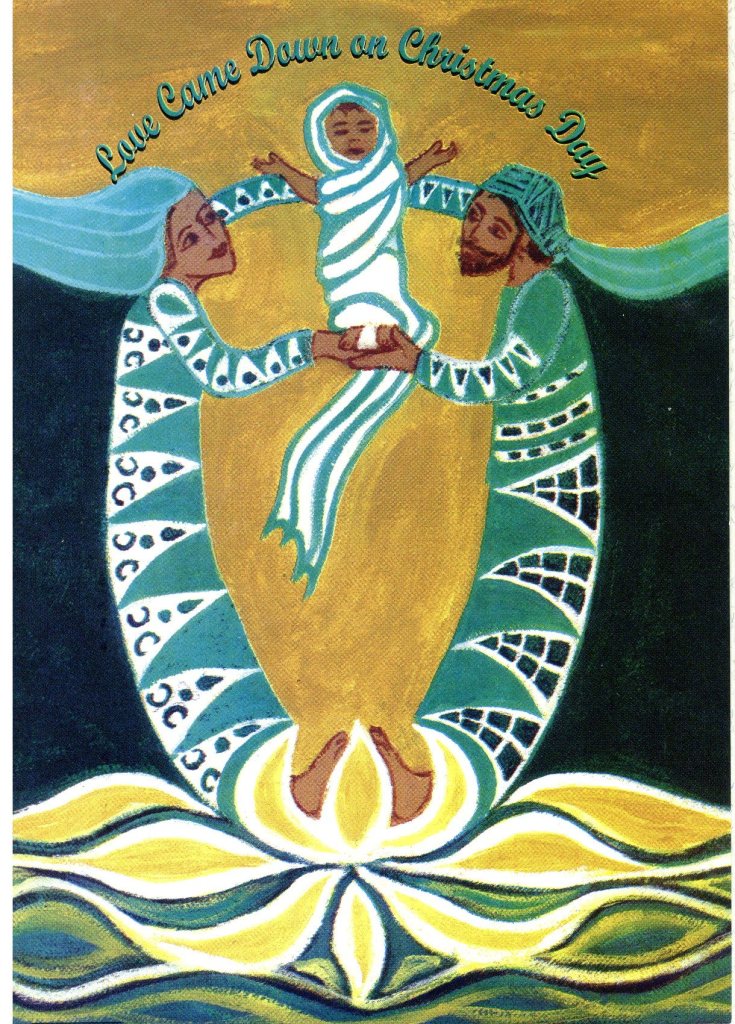
Whilst each generation adapts and develops new trends that reflect the times in which we live, re-enacting the traditions that have come down through the decades offers our communities touchstones that mark the passing years and strengthen those bonds that tie our families and communities together.
